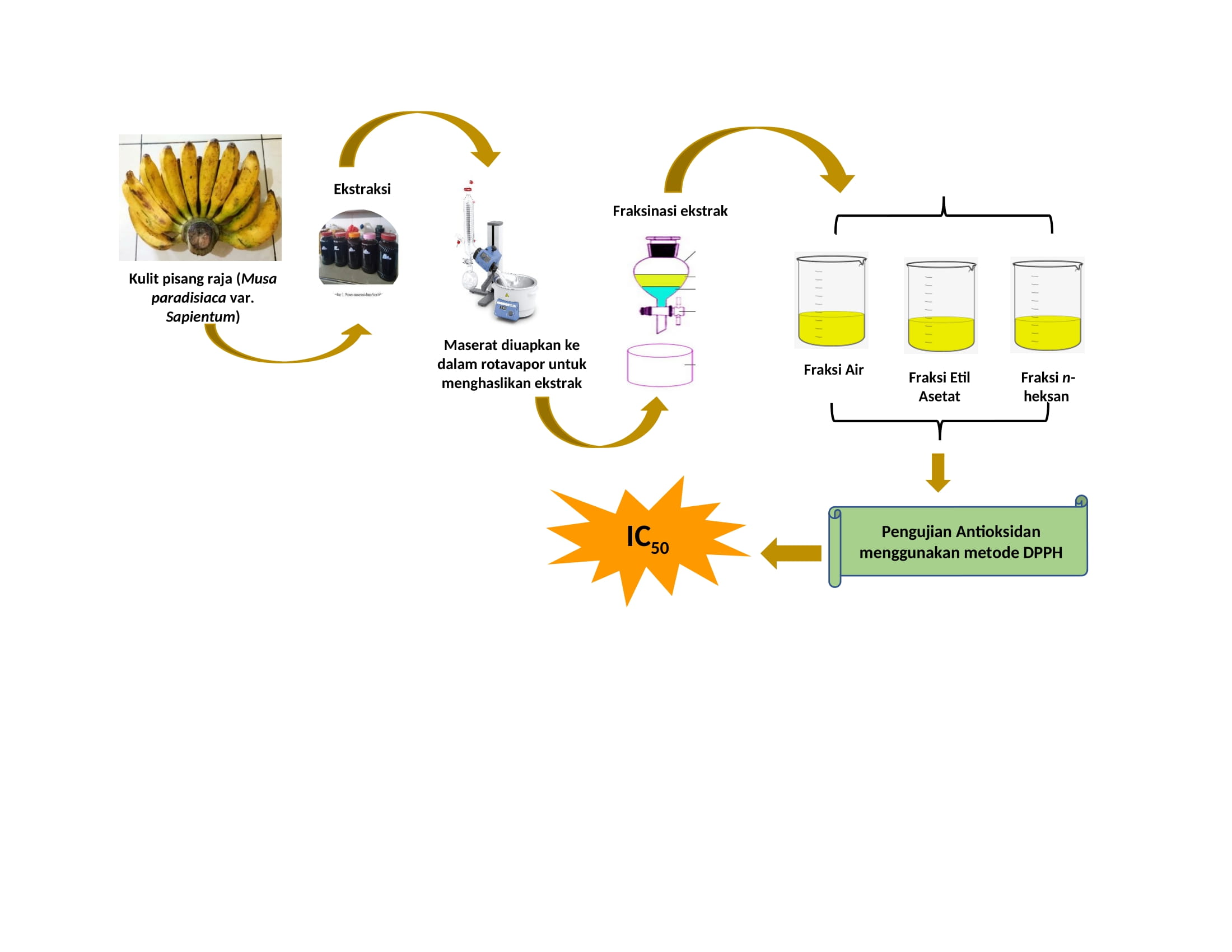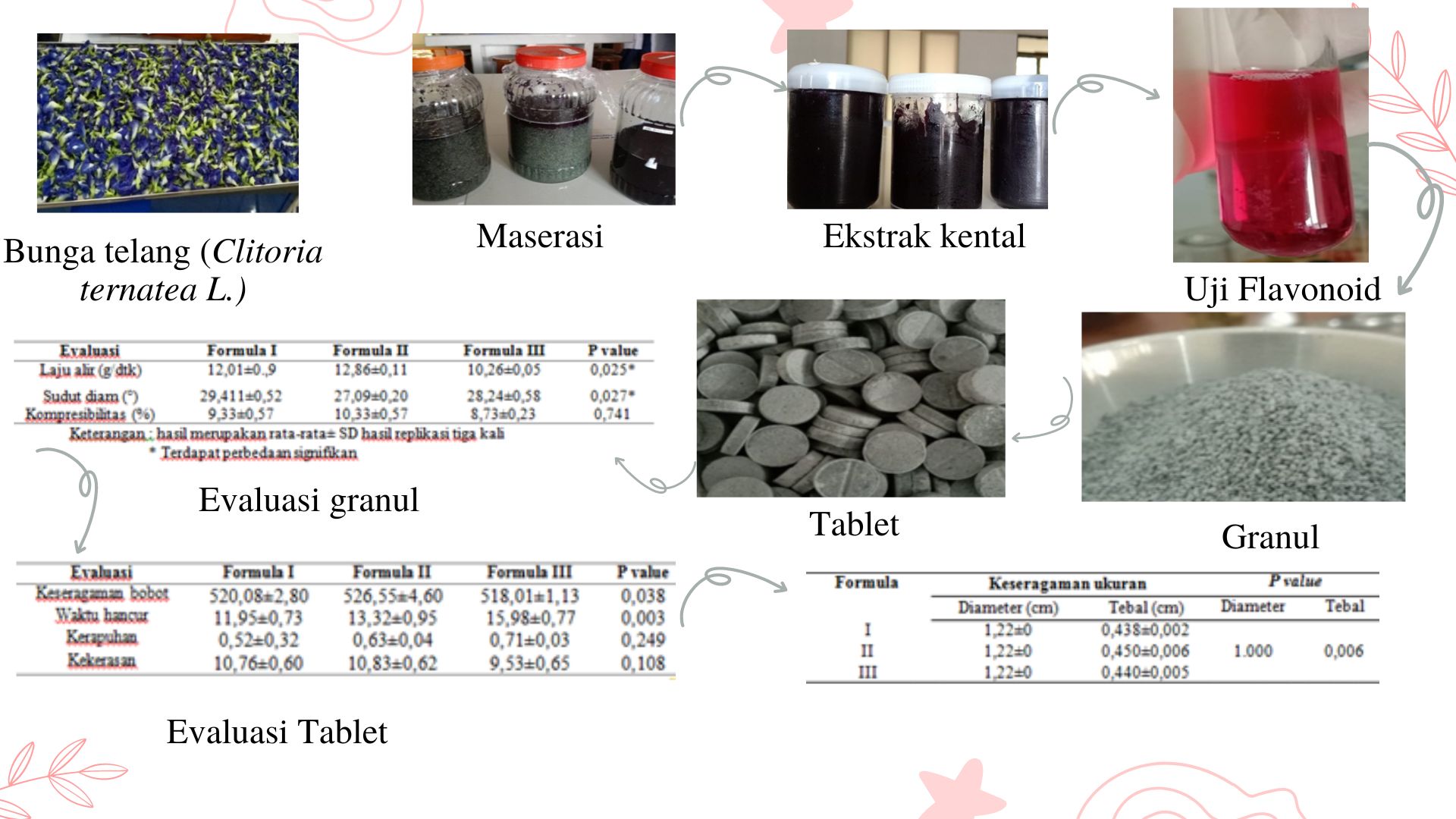Antimicrobial Activity Of Mouthwash Ethanol Extract of Curcuma purpurascens Bl. (Temu Blenyeh) as Affected by Sodium Lauryl Sulfate Concentration Variations

Downloads
Oral and dental health problems are usually caused by pathogenic microbes such as Streptococcus mutans and Candida albicans. Sodium lauryl sulfate is a foamer that can remove microorganisms in the oral cavity. Using mouthwash is considered the easiest and most effective because it can reach between the teeth. Therefore, the aim of this research is to create and see the effect of varying the concentration of sodium lauryl sulfate in mouthwash preparations of ethanol extract of temu blenyeh (Curcuma purpurascens Bl.) on inhibiting the growth of microbes such as Streptococcus mutans and Candida albicans. The results of testing the antimicrobial activity of mouthwash preparations against Streptococcus mutans bacteria were classified as very weak in formulation (0), namely 3.00 mm, then in the medium category, namely in formulation (I) 5.30 mm, formulation (II) 6.66 mm, and formulation (III) 10.33 mm, while the fungus Candida albicans is classified as very weak in formulation (0), namely 4.00 mm. Then it is classified as medium with an average diameter of the inhibition zone, namely formulation (I) of 5.53 mm, formulation (II) of 8.00 mm, and formulation (III) of 8.58 mm. From these results, it can be concluded that there is an effect of using varying concentrations of sodium lauryl sulfate in each formula on the antimicrobial activity of Streptococcus mutans and Candida albicans.
Downloads
Copyright (c) 2023 Jurnal Mandala Pharmacon Indonesia

This work is licensed under a Creative Commons Attribution 4.0 International License.





















